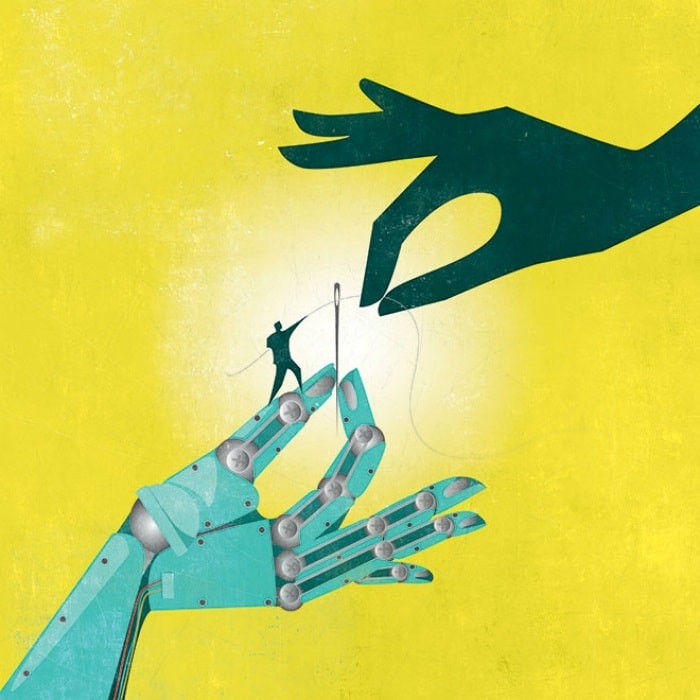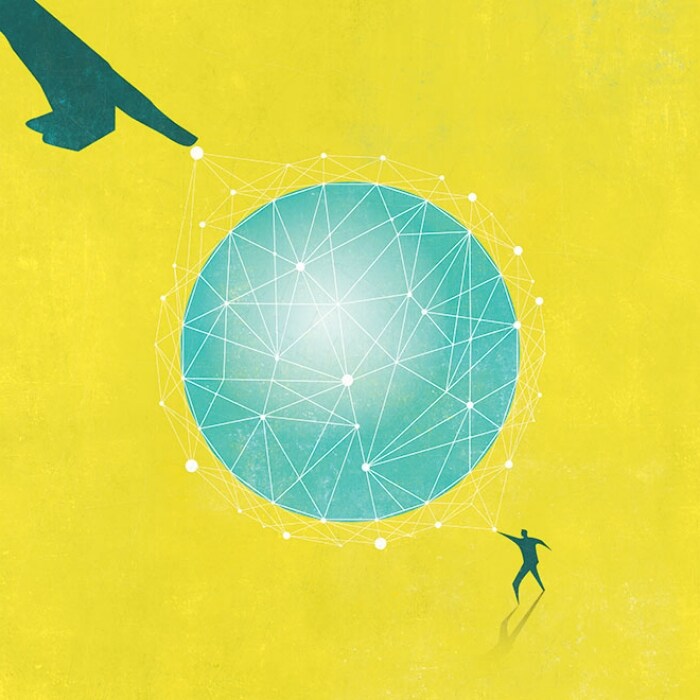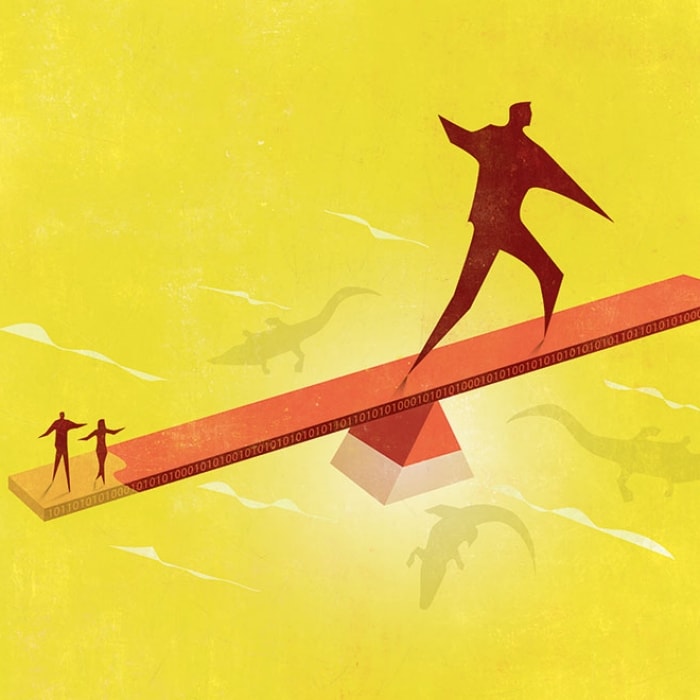Analyse

2018 Deloitte Human Capital Trends
The rise of the social enterprise
Organisations are no longer judged only for their financial performance, or even the quality of their products or services. Rather, they are being evaluated on the basis of their impact on society at large—transforming them from business enterprises into social enterprises.
Explore Content
- Watch the video
- Read this year's 10 trends on Deloitte Insights
- Ranking of 2017 Swiss trends
- Swiss HC Trends in detail
- Library
Deloitte Human Capital Trends 2018
Our global survey of more than 11,000 business and HR leaders across 140 countries, reveals 10 areas for businesses to focus on to better organise, manage, develop and align people at work. So what are the 2018 human capital trends? And how can business leaders ensure their organisations are well prepared to respond and take advantage of the opportunities presented?
A call to action for HR and business leaders
Social enterprises must have a determined focus on building social capital by engaging stakeholders, accounting for external trends, creating a sense of mission and purpose, and managing new societal expectations.
Successful businesses must evolve to maintain a positive reputation, engage talent, and cultivate loyalty among customers.
Social capital
=
Human capital
With a leadship mindset at the helm, there are three macro themes driving the need for change today:
- The power of the individual is growing
- Businesses are expected to fill a widening gap in society
- Technology change is having unforeseen impacts on society
Explore below the 9 key trends we have identified as the ways in which companies are responding to these challenges.
The Symphonic C-Suite
 |
To effectively navigate today’s constantly changing business environment and address cross-disciplinary challenges, a company’s top leaders must act as one. But how can the C-suite move out of their silos and encourage an environment of greater connectivity and collaboration? Read the chapter |
The Power of the individual
As the power of the individual grows, organisations are reviewing their approaches to workforce management, rewards systems and career models in order to address the needs of an increasingly diverse workforce.
 |
The workforce ecosystem: managing beyond the enterprise |
 |
New rewards: personalised, agile and holistic |
 |
From careers to experiences: new pathways |
The evolving role of business in wider society
Leading companies are developing strategies that address societal concerns such as longevity and well-being - and doing so in ways that help improve productivity and performance.
 |
The longevity dividend: work in an era of 100-year lives |
 |
Citizenship and social impact: society holds the mirror |
 |
Well-being: a strategy and a responsibility |
Leveraging technology for sustainable growth
Organisations are looking to capitalise on the benefits of a surge of new AI-based software, robotics, workplace connectivity tools and people data applications. These tools can help to redesign work architecture, lift productivity and enhance people efforts. However, organisations must also pay attention to and respect their impacts on the workforce as a whole.
 |
AI, robotics and automation: put humans in the loop |
 |
Hyper-connected workplace: will productivity reign? |
 |
People data: how far is too far? |
Human Capital Trends 2018 by importance and readiness
Swiss Results
Explore the Swiss results in more detail
Global Human Capital Trends library
Explore years of trends that helped shape the current HR and talent landscape
Deloitte has been conducting and compiling global research into human capital trends since 2012—a body of work that represents some of the longest-running and most comprehensive study of HR, talent, and related technology topics ever conducted. Exploring past trend reports gives insight into the ongoing and emerging forces shaping the world of work.
